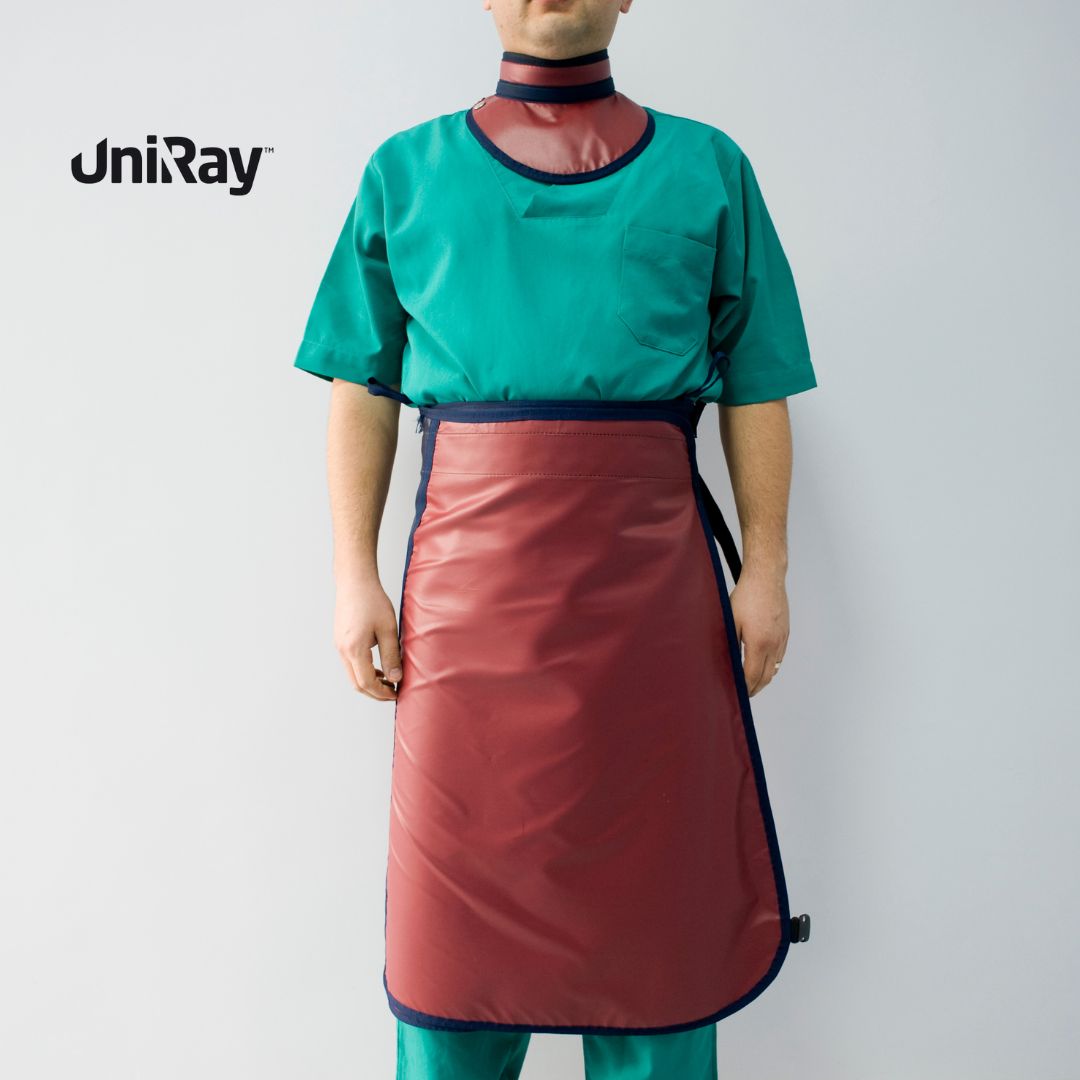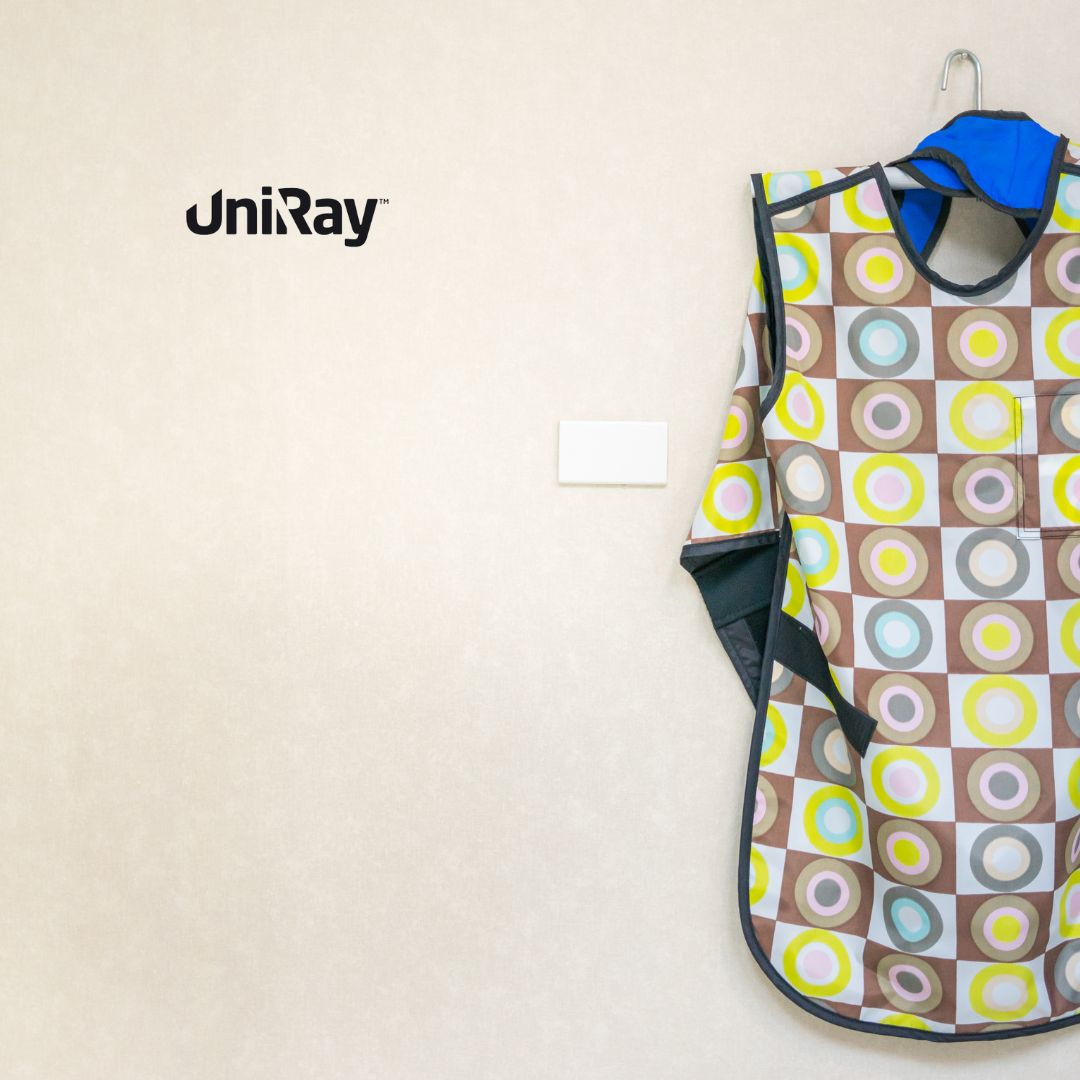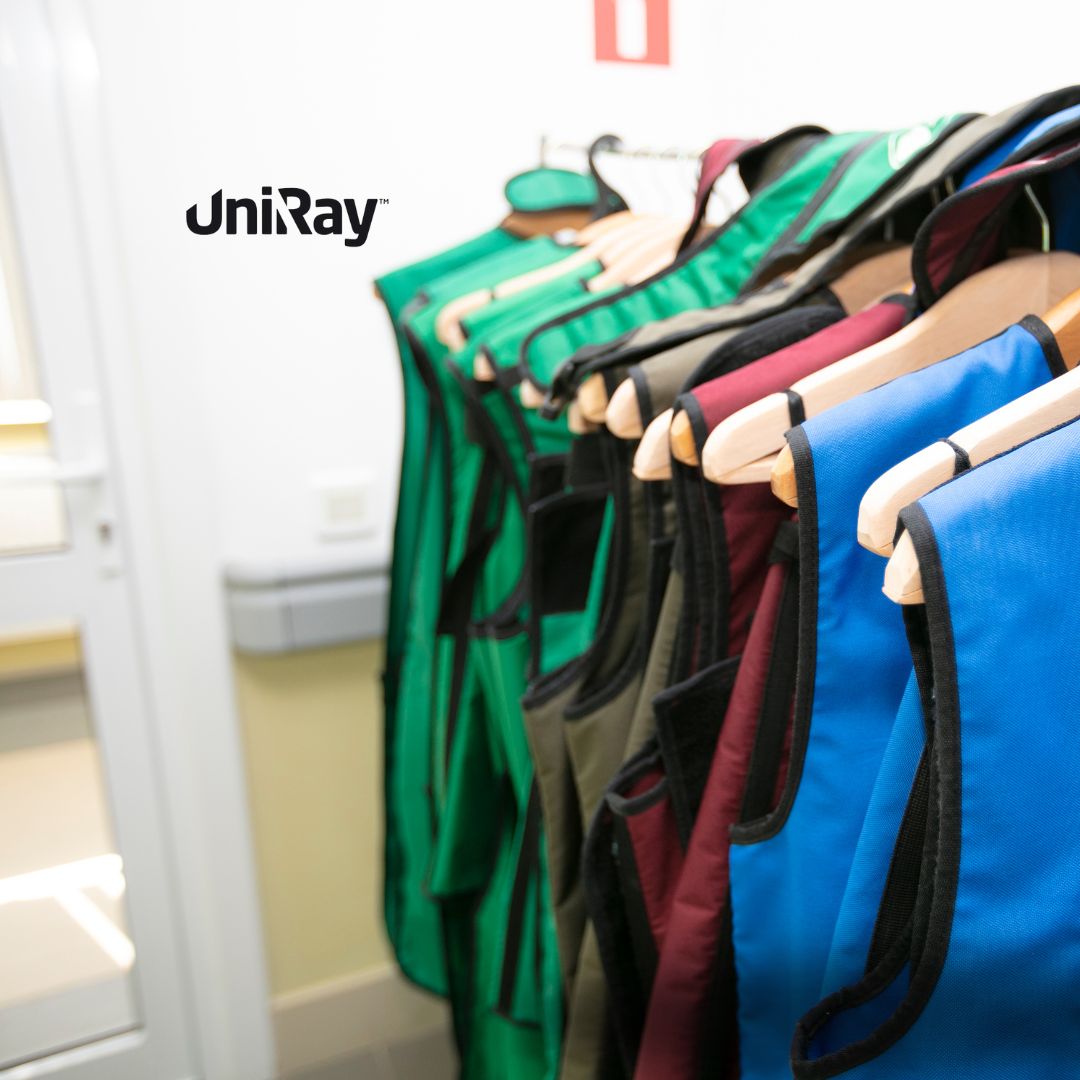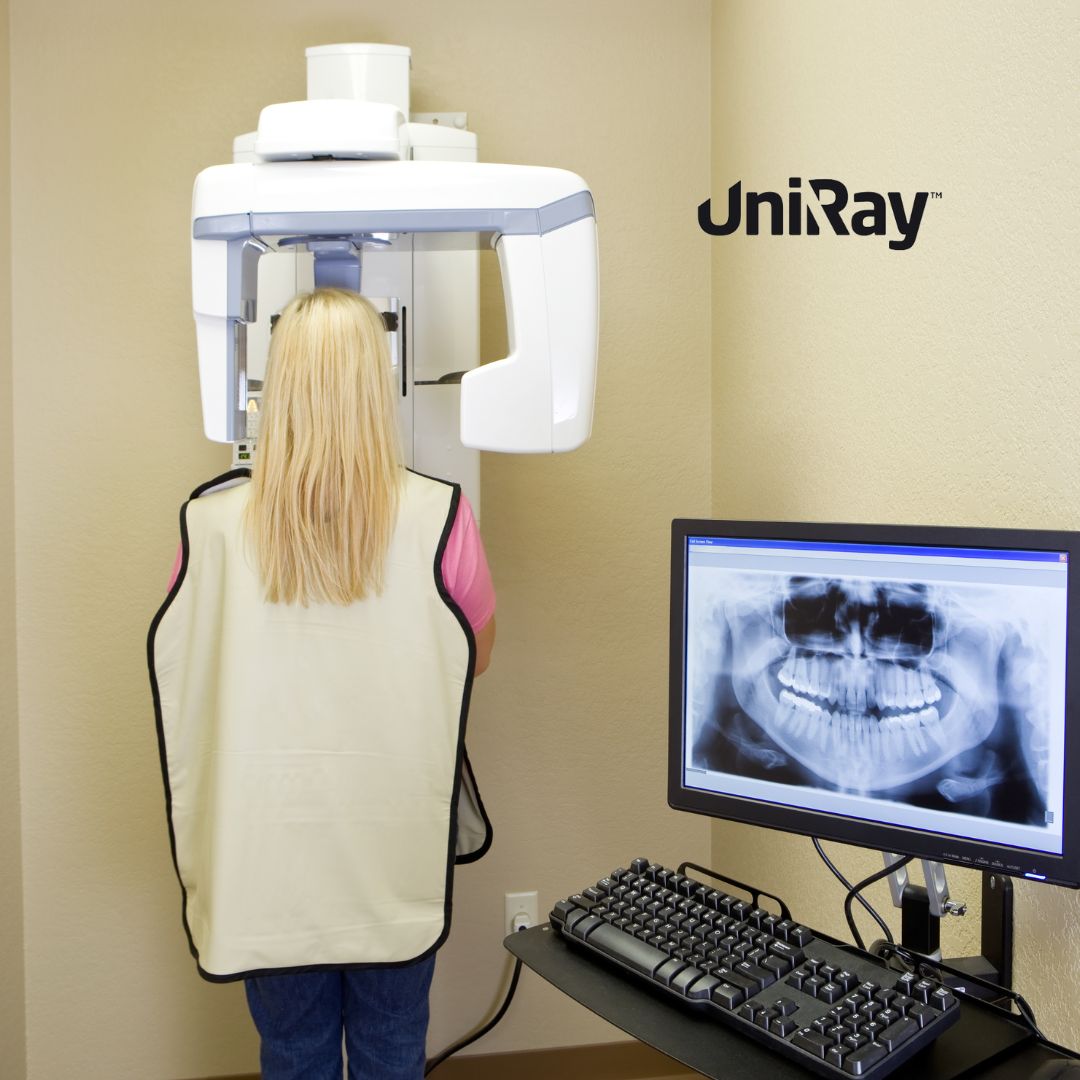The Benefits of Lightweight Lead Aprons in the Healthcare Industry
Radiation protection is a critical concern in the healthcare industry, particularly for professionals working in radiology, cardiology, and other departments where exposure to X-rays is frequent. Traditional lead aprons have been the gold standard for shielding against radiation. However, the advent of lightweight lead aprons has brought significant advancements in comfort and functionality without compromising safety. This blog delves into the benefits of lightweight lead aprons in the healthcare industry, their importance, and how they are transforming radiation safety.
The Evolution of Radiation Protection in Healthcare
The healthcare industry has long prioritized the safety of professionals and patients exposed to ionizing radiation. Traditional lead aprons, while effective, often posed challenges due to their weight and rigidity. These aprons could cause discomfort and long-term musculoskeletal issues for healthcare workers who wore them for extended periods. The introduction of lightweight lead aprons marked a revolutionary step, combining advanced materials with innovative design to address these challenges.
What Are Lightweight Lead Aprons?
Lightweight lead aprons are protective garments designed to shield healthcare professionals from radiation exposure during diagnostic and interventional procedures. Unlike traditional aprons, which rely solely on lead for protection, lightweight versions incorporate lead composites or lead-free materials like tungsten, bismuth, and antimony. These materials maintain high radiation attenuation while significantly reducing the overall weight.
Enhanced Comfort and Ergonomics
One of the most notable advantages of lightweight lead aprons is their enhanced comfort. Healthcare professionals often spend long hours performing procedures requiring radiation protection. Traditional lead aprons, weighing 10 to 15 pounds, can lead to fatigue, back pain, and even chronic musculoskeletal issues. Lightweight alternatives, often 20-30% lighter, reduce strain on the body, allowing for greater ease of movement and improved workplace ergonomics.
Reducing Physical Strain
Healthcare professionals, especially radiologists and surgeons, benefit from lightweight lead aprons as they experience less physical strain during prolonged procedures. This reduction in strain translates to better focus, improved procedural efficiency, and enhanced patient outcomes.
Improved Fit and Mobility
Modern lightweight lead aprons are designed with ergonomic features, including adjustable straps and contoured fits. These designs ensure even weight distribution, minimizing pressure points and enhancing mobility. This is particularly beneficial for procedures requiring dynamic movements or extended durations.
Superior Radiation Protection
Despite being lighter, these aprons provide excellent radiation protection. Advanced material technologies allow lightweight lead aprons to achieve similar or superior levels of shielding compared to traditional models. By incorporating lead composites or alternative materials, manufacturers ensure optimal attenuation of scatter radiation.
Meeting Regulatory Standards
Lightweight lead aprons comply with stringent radiation protection standards set by regulatory bodies such as the International Commission on Radiological Protection (ICRP). Healthcare facilities can confidently adopt these aprons without compromising on safety requirements.
Protection Without Compromise
The combination of innovative materials and multilayer designs ensures that lightweight lead aprons offer robust protection while prioritizing user comfort. This balance is critical in maintaining safety standards in high-risk environments.
Increased Durability and Longevity
The materials used in lightweight lead aprons are not only lighter but also more durable. These aprons are resistant to cracks, tears, and material degradation, ensuring long-lasting performance even with frequent use. Their durability translates to cost-effectiveness for healthcare facilities, reducing the need for frequent replacements.
Easy Maintenance
Lightweight lead aprons often feature stain-resistant and waterproof outer layers, making them easier to clean and maintain. Regular maintenance is essential for preserving their protective qualities, and the simplified cleaning process enhances convenience for healthcare facilities.
Addressing Occupational Health Risks
Healthcare workers are at risk of developing chronic conditions due to prolonged use of traditional lead aprons. Lightweight lead aprons address these risks by minimizing the physical burden on the wearer.
Preventing Musculoskeletal Disorders
Chronic back pain, shoulder strain, and other musculoskeletal issues are common among healthcare professionals who frequently wear heavy lead aprons. Lightweight alternatives significantly reduce the likelihood of these occupational hazards, promoting long-term health and well-being.
Boosting Worker Morale
Comfortable protective gear improves morale and job satisfaction among healthcare workers. Lightweight lead aprons demonstrate an institution’s commitment to staff welfare, fostering a positive work environment.
Applications of Lightweight Lead Aprons in Healthcare
Lightweight lead aprons are versatile and find applications across various medical disciplines:
Radiology and Imaging
Radiologists and technicians benefit immensely from lightweight lead aprons, as these professionals are exposed to radiation during imaging procedures like X-rays and CT scans. The aprons ensure safety without hindering movement or productivity.
Interventional Cardiology
Interventional cardiologists often perform lengthy procedures involving fluoroscopy. Lightweight lead aprons provide essential protection while minimizing fatigue, enabling these specialists to maintain precision and focus.
Dental Clinics
Dental professionals frequently use X-rays for diagnostic purposes. Lightweight lead aprons are ideal for dental clinics, offering effective protection while ensuring comfort for both practitioners and patients.
Veterinary Medicine
Veterinarians also require radiation protection during diagnostic imaging procedures for animals. Lightweight lead aprons enhance mobility and reduce discomfort, allowing veterinarians to perform their tasks effectively.
Innovations in Lightweight Lead Apron Technology
Technological advancements have played a pivotal role in the development of lightweight lead aprons. These innovations include:
Lead-Free Alternatives
The introduction of lead-free materials like tungsten, bismuth, and antimony has revolutionized radiation protection. These materials offer comparable shielding capabilities while significantly reducing weight.
Multilayer Designs
Manufacturers employ multilayer designs that combine different materials to optimize radiation attenuation and durability. This approach ensures maximum protection while maintaining a lightweight profile.
Customization and Personalization
Modern lightweight lead aprons are available in various sizes, colors, and designs, catering to individual preferences and facility requirements. Customization enhances user satisfaction and promotes widespread adoption.
Choosing the Right Lightweight Lead Apron
Selecting the appropriate lightweight lead apron involves considering several factors:
Radiation Protection Levels
Ensure the apron provides adequate lead equivalence to meet the specific requirements of your work environment. Common protection levels include 0.25 mm, 0.35 mm, and 0.5 mm lead equivalence.
Fit and Comfort
Look for aprons with adjustable straps, ergonomic designs, and proper weight distribution. A comfortable fit is crucial for prolonged use.
Material and Durability
Opt for aprons made from high-quality materials that offer durability and resistance to wear and tear. Lead-free options are environmentally friendly and may suit specific preferences.
Certification and Compliance
Verify that the apron meets regulatory standards and certifications for radiation protection. Reputable manufacturers provide detailed product information and testing data.
Future of Radiation Protection in Healthcare
The healthcare industry continues to prioritize innovation in radiation protection. The future of lightweight lead aprons includes:
Advanced Materials Research
Ongoing research aims to develop even lighter and more effective materials for radiation shielding. Nanotechnology and composite materials hold promise for the next generation of protective gear.
Integration with Wearable Technology
The integration of wearable sensors and technology with lightweight lead aprons could provide real-time radiation monitoring and enhance safety protocols.
Increased Awareness and Adoption
As healthcare facilities recognize the benefits of lightweight lead aprons, their adoption is expected to become more widespread. Enhanced awareness campaigns will further promote their usage.
Conclusion
Lightweight lead aprons represent a significant advancement in radiation protection for healthcare professionals. By addressing the limitations of traditional lead apron, these innovative garments provide enhanced comfort, superior protection, and increased durability. Their applications across various medical disciplines underscore their importance in ensuring safety and well-being. As technology continues to evolve, the future of lightweight lead aprons holds even greater potential for transforming radiation safety in the healthcare industry.



